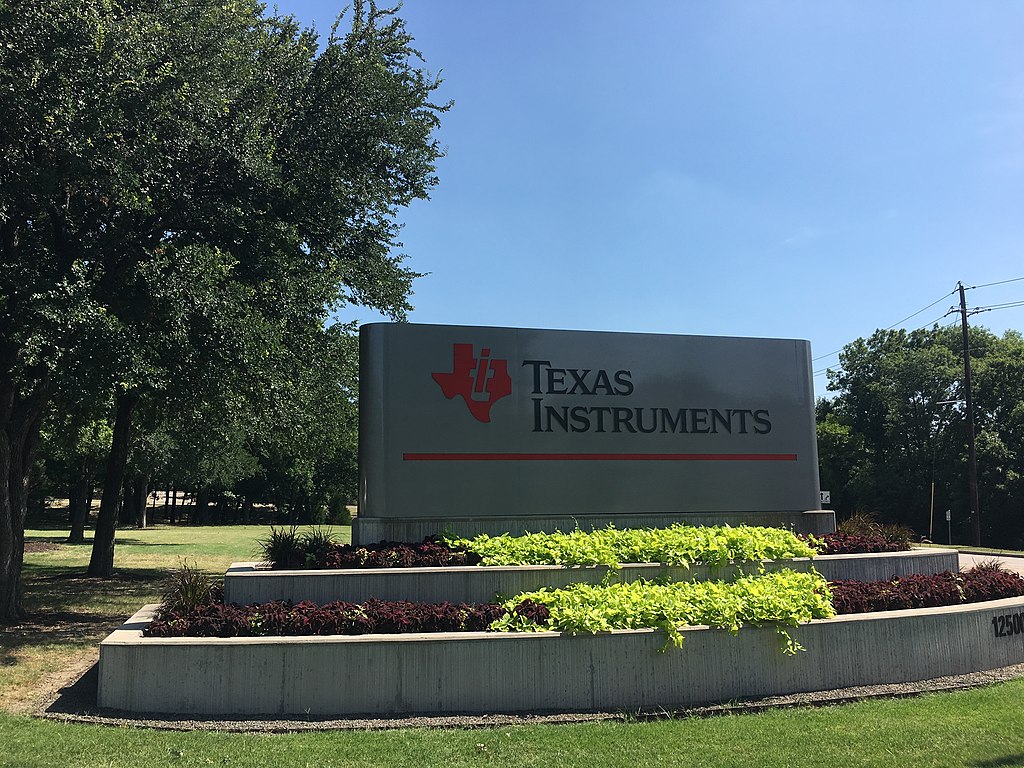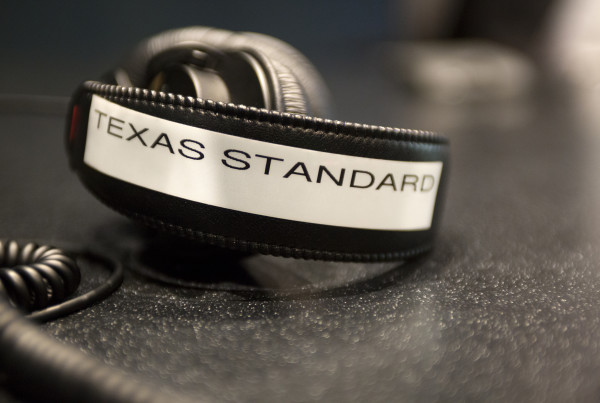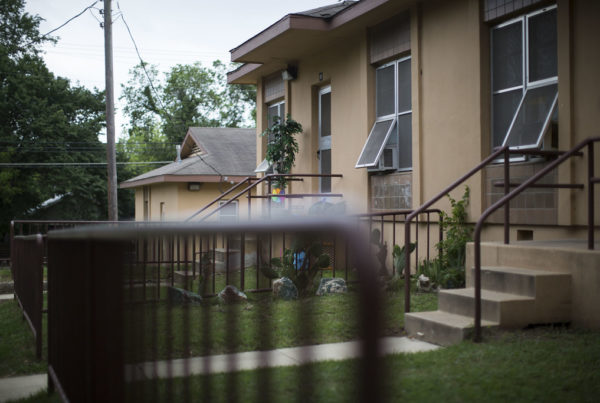The company that invented the microchip and handheld calculator has a brand name that firmly planted the Texas flag in high tech history. But it hasn’t been at the forefront for some time. Now the company is aiming for a higher profile in modern-day chipmaking with plans to break ground on a new factory, and to hire 500 more people in the Metroplex.
Texas Instruments got its start in the 1930s under a completely different name, making seismic tools and gadgets for the Department of Defense. In the 1950s, TI produced the first integrated integrated circuit, the first silicon transistor, and the first transistor radio.
Melissa Repko covers covering technology, innovation and entrepreneurship for the Dallas Morning News. The factory planned for Richardson, Texas, near TI’s base in the Dallas area, will become part of what is commonly called the “telecommunications corridor.”
“The biggest change is that they are seeing expansion in other markets. As people don’t replace their cell phones as much, now they’re looking for other opportunities for growth. Where are there places they can put more microchips?” Repko says.
TI’s answer: factories and cars.
“That’s really where they see the opportunity: in a factory-like setting, where there’s more automation on factory floors, and then also in our cars as they’re becoming powered with all kinds of bells and whistles that make our lives easier,” Repko says.
Some might expect TI to expand facilities and employment abroad rather than here in the U.S. because of cost. But the State of Texas is making it worth their while.
“Texas is offering incentives for them to stay put, and they’ll also be right next to their existing facilities. There are certain efficiencies, the company said, from having two factories side by side, in terms of logistics and supply chain. And then also they said there’s a good talent base here. The North Texas area is known for a kind of storied history of having lots of talent in semiconductors… there’s a benefit to being in that place where a lot of employees or potential employees are,” Repko explains.
The tax incentives offered by the state are directly tied to TI’s job creation promises.
“If it fulfills its job goal of a minimum of 488 jobs, it’ll receive $5.1 million in grant money from the state. But with the county, and the school district, and the city, it could receive as much as $375 million in tax breaks, mostly in tax abatement, so they won’t be paying their full tax bill as they would’ve otherwise.”
Written by Brooke Reaves.















